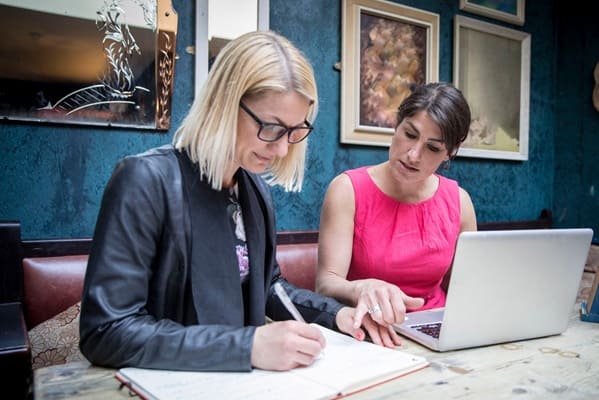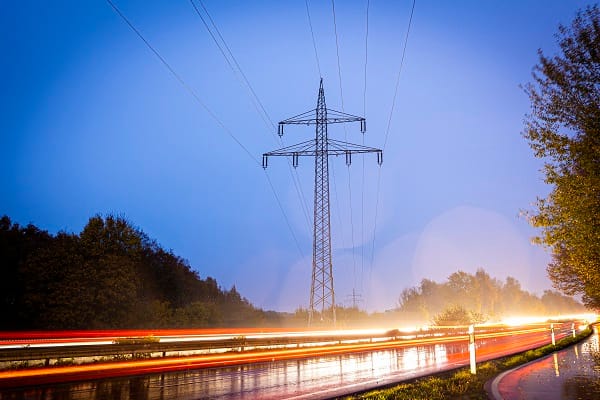Why Women Are Feeling the Burn in the UK (And What It Means for Us All)
Recent research from Westfield Health is loud and clear: the UK’s women are 13% more prone to burnout than men. That isn’t just a statistic—it’s a wake‑up call for employees, managers, and the whole corporate scene.
What the Study Gave Us
The survey gripped 2,001 people who are out and working. 36.4% of women report frequent burnout versus 25.4% of men. If you’re reading this, you’re probably wondering where this gap comes from.
- Men blame it on long hours—the classic “work hard, live hard” slog.
- Women point to poor work‑life balance + external pressures—the endless juggling act that blends office, family, and anything that keeps appearing on their to‑do list.
Absenteeism and The Money Plug
Women actually take more sick days, at an average of 6.33 days a year compared to 4.96 days for men. That, paired with an 11% higher drop in productivity among those who burned out, is estimated to cost UK companies a staggering £7.5 billion every year.
Voices from the Front Lines
Vicky Walker, Chief People Officer at Westfield Health: “This isn’t just about burnout—it’s about the structural pressure women face at work. From limited flexibility to the constant demands outside the office, many women juggle competing responsibilities.”
She adds: “The impact is both personal and professional. Burnout stalls career progression, reinforces inequality, and ultimately reduces earnings. We need to rethink how we support women or risk creating a cycle where wellbeing and income both suffer.”
Caroline Hughes, CEO at Conscious Leadership Development: “I once worked in a Fortune 500 senior role and thought ‘I won’t let anyone down’. My resilience was my flashlight, but it burned out. It wasn’t a sudden collapse; it built up gradually. I was hospitalized, misdiagnosed with a stroke, and had an 18‑month recovery journey.”
She continues, “Leadership norms are still male‑centric. Women often have to be both tough and nurturing, decisive yet approachable. The hidden load of emotional labour—mentoring, culture‑building, team wellbeing, plus home duties—pushes them to the brink.”
The Bottom Line for Employers
Walker says: “You can’t just slap on one‑size‑fits‑all wellbeing perks. You need tailored benefits—private health care, health check‑ups, flexible hours—plus truly listening to employees and communicating what’s available. Even the best‑intentioned programs can fail if they’re not personalized.”
In short, it’s no longer enough to offer generic workshops or happy hour events. Companies have to consult and customize, give employees a voice, and build systems that reflect the real workload women carry.
Takeaway & Call to Action
- Recognise the rising burnout gap between genders.
- Invest in flexible working arrangements.
- Create targeted support teams that address specific stressors.
- Encourage open dialogue and gather regular feedback.
- Redefine success beyond productivity alone to include wellbeing.
Turn data into action, and we’ll see a workplace where everyone—especially women—can thrive without the looming threat of burnout.




